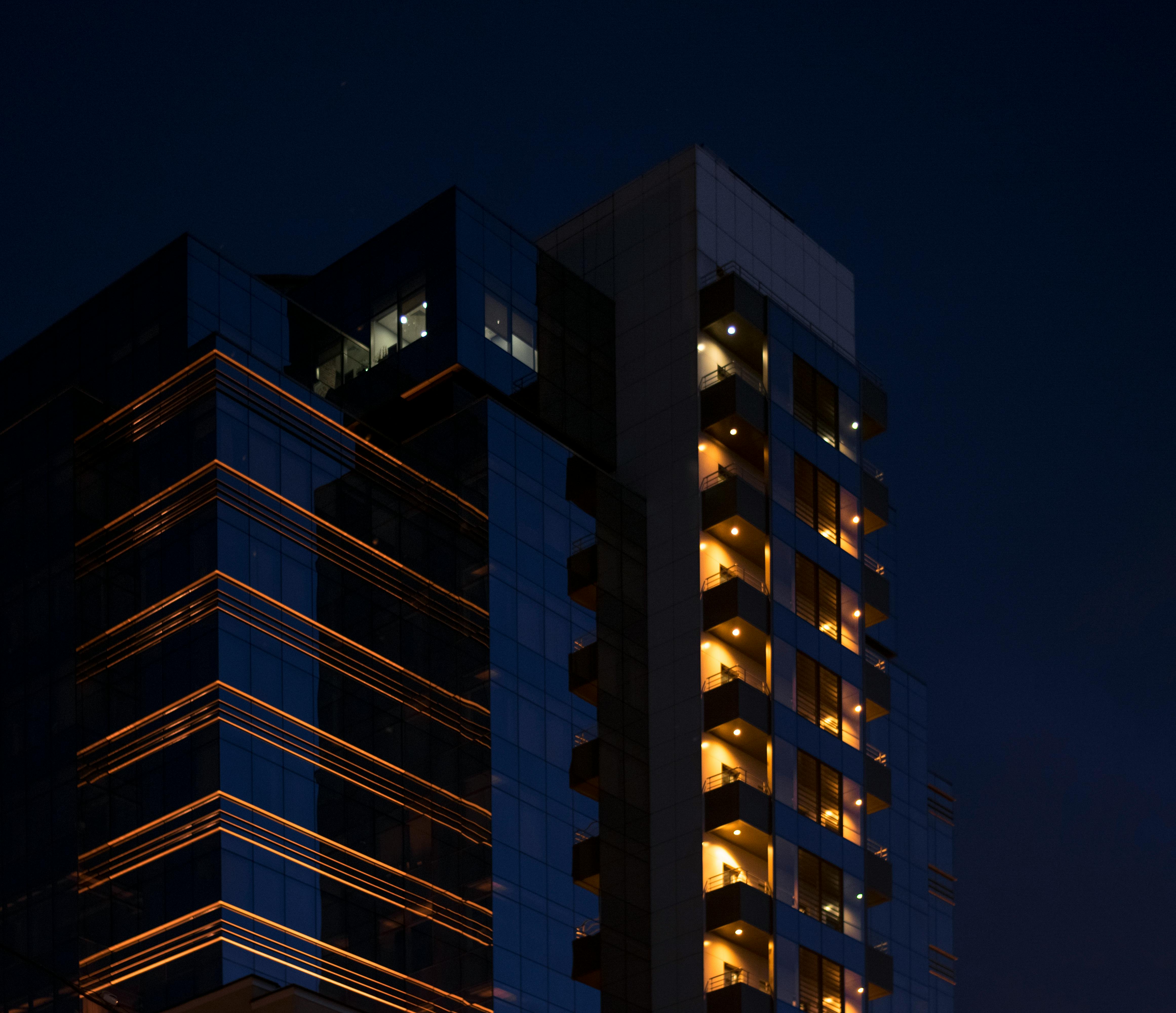You have used your life savings on your dream home and now that it is about to be delivered, you need to make sure the property is free from construction defects. You are about to rent an apartment and you want to make sure there are no security issues so you don’t have to incur losses later. The only thing that will save you in both cases is a thorough inspection of the property.
This article will walk you through common defects in new and old properties and what needs to be done to ensure that new tenants and owners are not handed over to houses with a leaky roof and open wiring.
Most common problems
The following areas are considered the most common defect-prone systems that we emphasize in our inspections:
• Bathrooms and other damp areas – Poor waterproofing practices are considered rampant and cause water damage that could lead to mold and moisture problems, a major health concern. Waterproofing systems are often never installed. Basement walls are damaged due to waterproofing failures.
• Electrical systems in an apartment or villa
• Firefighting systems in entire buildings – It is critical to ensure that all firefighting systems, including fire arrest systems, fire alarms, fire suppression, fire doors, sprinklers, and emergency / exit lighting systems, are fully operational to prevent havoc in the event of fires.
• Pool in villas – Some pools only have a suction water return line at the bottom of the pool. This is a dangerous condition and a code violation. A pool should have two return drainage points. This is a safety risk as it could result in entrapment and drowning if a swimmer’s body, limbs, or hair are caught in a drain. New regulations on swimming pool alarm and barrier systems should also be taken into account when conducting a swimming pool inspection for the safety of children.
Security concerns
To ensure maximum protection and prevent large-scale disasters, a full building condition audit / inspection should be performed during the transfer process. Building condition audits identify defects and code violations through both a visual and material considered assessment of the building’s common area assets.
The first great safeguard in preventing fires is training security companies that work in buildings. There was a case where we did an inspection of a building and found a major flaw in the fire control panel (shown with a flashing red light). When we asked the security guard what the light meant, he said he didn’t know. We then asked him how long he had been blinking. He said since the day he started working about three months ago. Again, we ask him what he did with the light; He told us that he recorded it in the security report. We then asked the security supervisor what they did with the report and if they informed anyone about the failure; he only commented that they only filed the report and showed us the file. This is a classic example of the lack of proper training of the people who are supposed to ensure the safety of residents.
The houses / villas look different. Smoke and heat detectors must be installed. Fire extinguishers and fire blankets should be installed in an easily accessible location in the kitchen area. Homeowners / residents should also develop an emergency preparedness and response plan that includes an evacuation plan, a communication and disaster plan, as well as holding fire drills a couple of times a year.
Tips for those who live in skyscrapers
Most of the time, fire alarm systems are not working properly and are triggered frequently. People do not heed the alarm or evacuate assuming it is just a false alarm, which is extremely dangerous in the event of a real fire.
Improper installation of protective barriers, such as balcony railings, is also a common concern in older buildings. A regulation has been established to install protective barriers and safety rails that cannot be easily manipulated. Other common problems are waterproofing failures, commissioning of other fire-fighting building systems, electrical issues, and thermal insulation.




